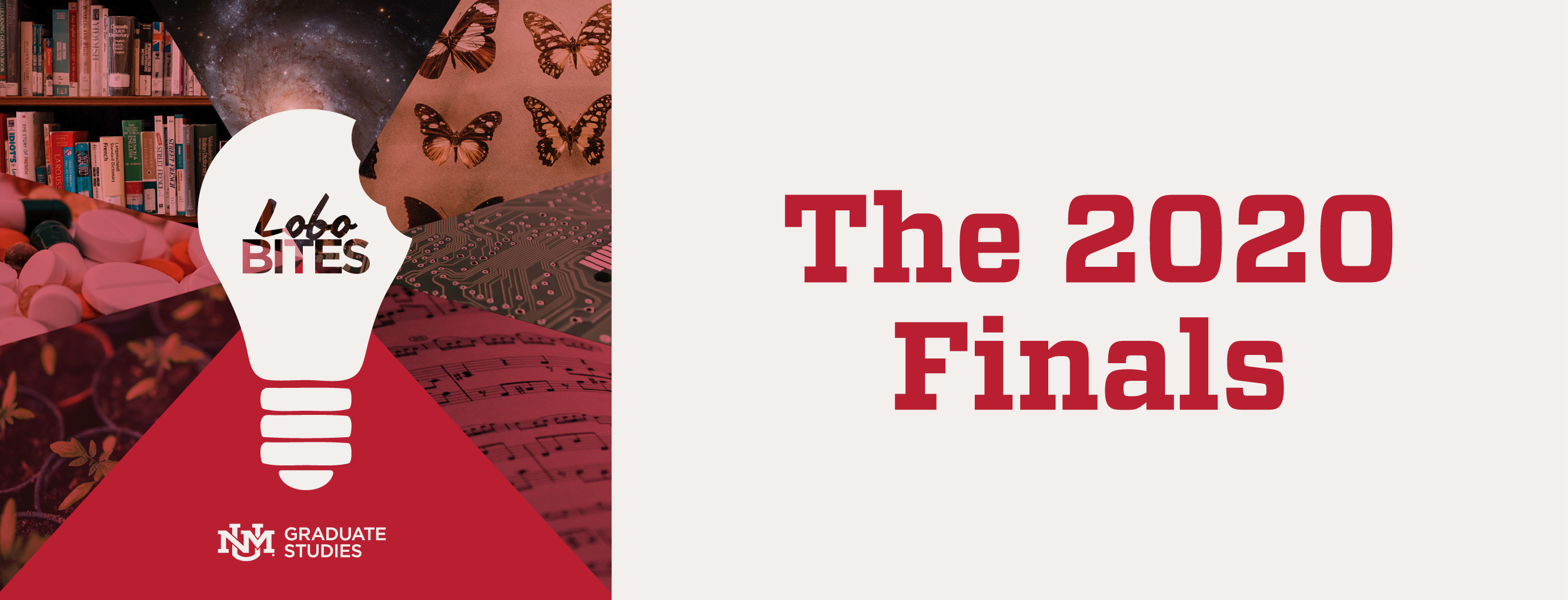
Program
Spanish and Portuguese
College
Arts and Sciences
Student Level
Doctoral
Start Date
12-11-2020 4:00 PM
End Date
12-11-2020 5:00 PM
Abstract
Millions born and raised in Mexico do not have Spanish as their first language. Vast pockets of the country are populated by speakers of an indigenous language, for whom Spanish is as foreign as English. One of the states with the highest number of indigenous peoples and languages is Oaxaca, in southwestern Mexico. There, the Mixteco peoples constitute one of the largest groups who have kept their own languages as their primary vehicle of communication, over Spanish for 500 years. For over a century, the Mixtecos have traveled along the west coasts of Mexico and the United States, following agricultural jobs in seasonal crops. In western Oregon, numerous communities of Mixteco speakers exist since the second half of the XX century. The town of Woodburn, in the northwestern part of the state, is one of these settlements where Mixteco families have coexisted for about eighty years with speakers of other Mexican indigenous languages, with Mexican Spanish speakers who don’t speak an indigenous language, and with White Anglo and Molokan Russian peoples. This presentation, based on my dissertation, explores linguistic and cultural identity, attitudes, contexts of use and language preservation across generations for bilinguals who speak Mixteco and Spanish, and for trilinguals who speak those two languages and English. My research includes data that shows that multilingualism is the norm rather than the exception in the agricultural fields of rural northwestern Oregon. It also documents experiences of illiterate Mexican adult immigrants who have learned Spanish in Oregon naturalistically, outside of a formal educational setting. I also include a discussion on the challenges that an outside researcher like myself has to face in connecting with these marginalized populations, in hopes that it will be of help for future researchers interested in giving visibility to these populations by means of similar academic projects.
The Sociolinguistics of Mixtecos in Rural Northwestern Oregon
Millions born and raised in Mexico do not have Spanish as their first language. Vast pockets of the country are populated by speakers of an indigenous language, for whom Spanish is as foreign as English. One of the states with the highest number of indigenous peoples and languages is Oaxaca, in southwestern Mexico. There, the Mixteco peoples constitute one of the largest groups who have kept their own languages as their primary vehicle of communication, over Spanish for 500 years. For over a century, the Mixtecos have traveled along the west coasts of Mexico and the United States, following agricultural jobs in seasonal crops. In western Oregon, numerous communities of Mixteco speakers exist since the second half of the XX century. The town of Woodburn, in the northwestern part of the state, is one of these settlements where Mixteco families have coexisted for about eighty years with speakers of other Mexican indigenous languages, with Mexican Spanish speakers who don’t speak an indigenous language, and with White Anglo and Molokan Russian peoples. This presentation, based on my dissertation, explores linguistic and cultural identity, attitudes, contexts of use and language preservation across generations for bilinguals who speak Mixteco and Spanish, and for trilinguals who speak those two languages and English. My research includes data that shows that multilingualism is the norm rather than the exception in the agricultural fields of rural northwestern Oregon. It also documents experiences of illiterate Mexican adult immigrants who have learned Spanish in Oregon naturalistically, outside of a formal educational setting. I also include a discussion on the challenges that an outside researcher like myself has to face in connecting with these marginalized populations, in hopes that it will be of help for future researchers interested in giving visibility to these populations by means of similar academic projects.


Comments
A video of this presentation is available here